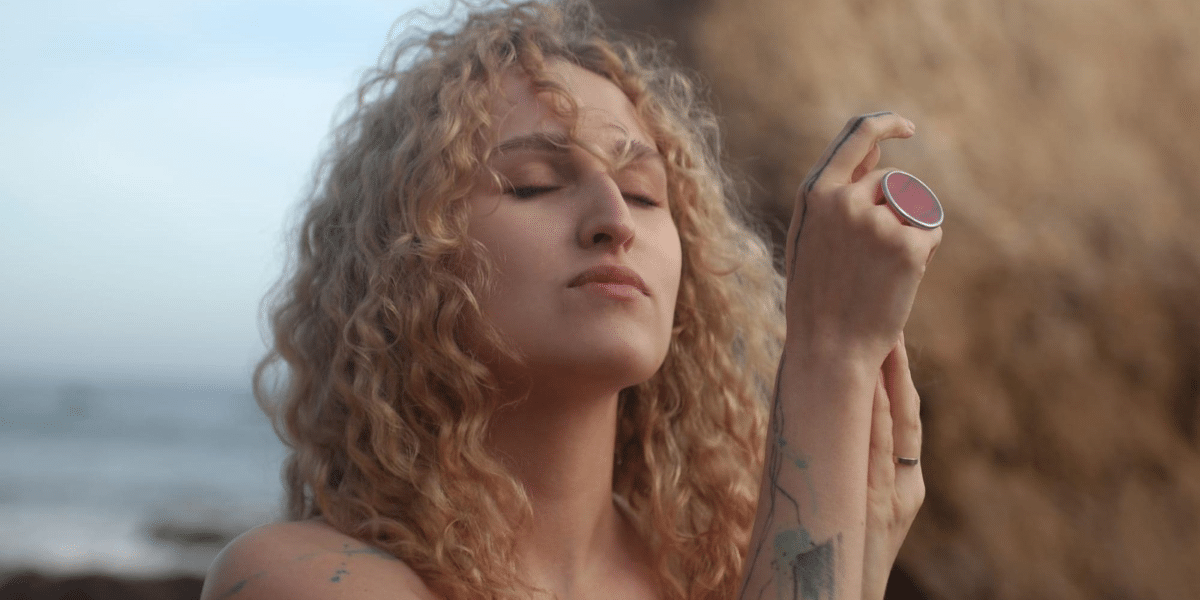By: Kelly Brown
Humans began infusing tattoos with sacred meaning around 5,000 years ago. Psychologists refer to them as “social writing,” while visionaries see them as a seal of Fate. Today, most people view tattoos as a fashion trend, sometimes as a defining trait of subcultures.
However, Mariia Avinova, a world-renowned tattoo artist and creator of the unique “Eco-Symbolism in Tattoos” technique, sees body art as much more than just a trend. She believes tattoos are a true form of art, allowing people to express their deeper connection with nature.
A unique journey
Mariia developed her unique vision of nature during her time at art school. Later, while studying at a polytechnic college, she became fascinated with tattooing. This passion grew so strong that it eclipsed her initial studies in architecture. From that time on, Mariia dedicated herself to this new path, eventually creating her signature style—eco-symbolic tattooing.
“Eco-symbolic tattoos blend elements of nature with symbolism to convey profound ideas and emotions connected to the natural world,” Mariia explains. “This style often incorporates images of animals, plants, and natural phenomena, emphasizing a person’s bond with nature and expressing their environmental values and awareness.”
What makes Mariia Avinova’s tattoo technique unique
According to Mariia, each element in an eco-symbolic tattoo represents the human connection to nature. For instance, a tree with roots symbolizes deep ancestral ties, while flowers can represent purity of soul, with each flower having its own meaning. When combined in a specific arrangement, these symbols hold special significance for the individual. “People have personal associations with animals too—sometimes they even see them as totems. For example, some believe that tattooing a fox will bring them its cleverness,” Mariia tells.
But the uniqueness of her technique doesn’t stop at the meaning behind the symbols. Her process is environmentally friendly as well. Mariia uses only vegan inks, free of animal-derived ingredients, and practices sustainability by minimizing water, electricity use, and waste. For her, using eco-friendly materials is an integral part of eco-symbolism, reflecting a philosophy that embraces care for the planet, as well as maintaining purity within one’s body and soul.
To date, Mariia Avinova has completed over 3,000 tattoos, with a client list that’s still growing rapidly.
Artist, Educator and Author
Tattooing has become Mariia Avinova’s life’s work, but her passion goes beyond her private practice. She founded international courses called “Sustainable and Ethical” to share the secrets behind her unique style. She’s also the author of the book Eco-Symbolism: The Art and Ethics of Tattooing, in which she delves deep into the philosophy and practice of her technique, exploring the principles of sustainability and ethics in tattooing.
Several chapters focus on the art of interpreting and communicating profound meanings through small designs. “Readers of my book will not only learn about the importance of harmonious coexistence with nature, but they’ll also master techniques for creating unique tattoos and understanding the deep symbolism behind plants, animals, and abstract elements like wind, storms, rain, and fire,” says Mariia Avinova.
The Eco-Symbolism in Tattoos style, created by this Los Angeles-based artist, has already united experts from around the world. Considering the rising popularity of eco-conscious trends, there’s every reason to believe that its potential will continue to grow. Meanwhile, Mariia Avinova’s tattoos have become a trend in their own right, celebrated by those who seek not large-scale body art but instead desire to hide their most beautiful and meaningful stories within a tiny, personal symbol.
Published by: Holy Minoza
















